By Joseph C. Salamida
“He is at this time transporting large armies of foreign mercenaries to complete the works of death, desolation and tyranny,” Thomas Jefferson said of King George III in the Declaration of Independence. Jefferson, as usual, was telling the truth. As early as August 1775, when news of the engagement at Breed’s Hill reached Germany, Prince Friedrich Wilhelm II of Hesse-Cassel quickly offered his ranks of well-trained soldiers to the hard-pressed British monarch. With the influential prince of Hesse-Cassel being an exemplar throughout Germany, many other princes followed, making their regiments available as well to the British cause. They would play a large role in some of the most famous and decisive battles of the Revolutionary War.
Mercenaries against the Revolution
The use of mercenary soldiers was a practice that dated back as far as ancient Egypt. Almost every country in the eastern hemisphere at one time or another had contracted its military to other countries for profit. In the West, many among Europe’s noble classes viewed the selling (or renting) of their armies as an honorable way out of debt. In 18th-century Germany that was certainly the case. The growing hostilities that engulfed the American colonies prior to the outburst of open warfare at Lexington and Concord made the various princes of Germany well aware that the looming conflict in the American colonies could be a lucrative market for their own military.
At the beginning of the American Revolution, the state of manpower in the British Army was dire, with many of Great Britain’s regiments scattered widely throughout the world. His Majesty welcomed the assistance of his fellow Europeans. But while the princes of Germany immediately offered the use of their armies, they had not been the first choice of Great Britain’s leaders. Owing to extended family ties, Russia had been the king’s preference. A distant kinswoman of George III, Empress Catherine the Great controlled the Russian Army.

British statesmen approached the court of St. Petersburg with the idea of enlisting Catherine’s troops for the North American campaign. The Russians, said one British officer, were the best choice for such duty since they did not speak English and were “less likely to be seduced by the artifice and intrigue of these holy hypocrites.” Certainly, the British idea of using wild Russian troops provoked fear within many of the inhabitants of the colonies. Writing to Jefferson, fellow patriot Richard Henry Lee commented on the weak state of the American army: “We find ourselves greatly endangered by the armament at present here,” wrote Lee, “but what will be our situation the next campaign when the present force shall be increased by the addition of twenty or thirty thousand Russian?”
Within a short time, the idea of using Russian troops was set aside. Other countries were considered, including the Netherlands and Prussia. But Frederick the Great wanted nothing to do with the British, saying that the thought of lending his cherished army to Great Britain was akin to selling off his prize cattle to have their throats cut. (He supposedly imposed a tax equal to that placed on cattle on all mercenaries crossing his border en route to America.) Some members of Parliament even went so far as to suggest hiring an army of Moors from the ruler of Morocco.
Finally, Germany was looked to as a source of manpower for Great Britain’s North American war effort. It was a logical choice. Under Friedrich Wilhelm, the landlocked state had developed a sophisticated army, one that enjoyed the support of an overwhelming majority of its citizens. The prince, who idolized Frederick the Great, modeled his army after the Prussians. He encouraged aristocrats to send their sons into the army, and at one time more than two-thirds of all Hessian nobles were in the pay of the military. With a standing army of 12,000 men and another 12,000 in the militia, Hesse-Cassel had a ratio of one soldier for every 15 civilians, as opposed to a 1-in-300 ratio in Great Britain.
Friedrich’s army was well-trained and -educated, with its officers receiving advanced instruction at the Collegium Carolinium in Cassel, where they studied foreign languages, mathematics, and engineering. While the highest ranking officers came from the ranks of the aristocracy, most of the other officers came from the hard-working middle class. The men in the ranks were culled from the peasant class and were carefully segregated into appropriate units: the Jägers, or light infantry, were made up of the sons of gameskeepers and foresters; artillerists tended to be the sons of industrial workers from the cities. At the bottom of the hierarchy were the entbehrliche Leute, or expendable people. These were the school dropouts, servants, unemployed tradesmen, or wandering homeless youths who were seized off the streets by hard-boiled recruiting gangs. All were indoctrinated with the German concept of Dienst, or sense of service, and swore a personal oath to Prince Friedrich.
With its critical manpower shortages in mind, Great Britain approached the various German princes with a contract for enlisting their regiments. Parliament wanted the North American rebellion crushed as quickly as possible, hopefully in “one campaign,” as Lord George Germain quipped. The act of putting down the rebellion required the use of experienced soldiers. Knowing that the various principalities throughout Germany could meet those demands, the Crown sent Colonel William Faucitt to Germany to procure disciplined troops for the North American front. Faucitt traveled to the principalities of Brunswick and Hesse-Cassel, which offered a total of nearly 10,000 troops to crush the growing American rebellion. By mid-December 1775, a contract was drawn up between the parties involved.
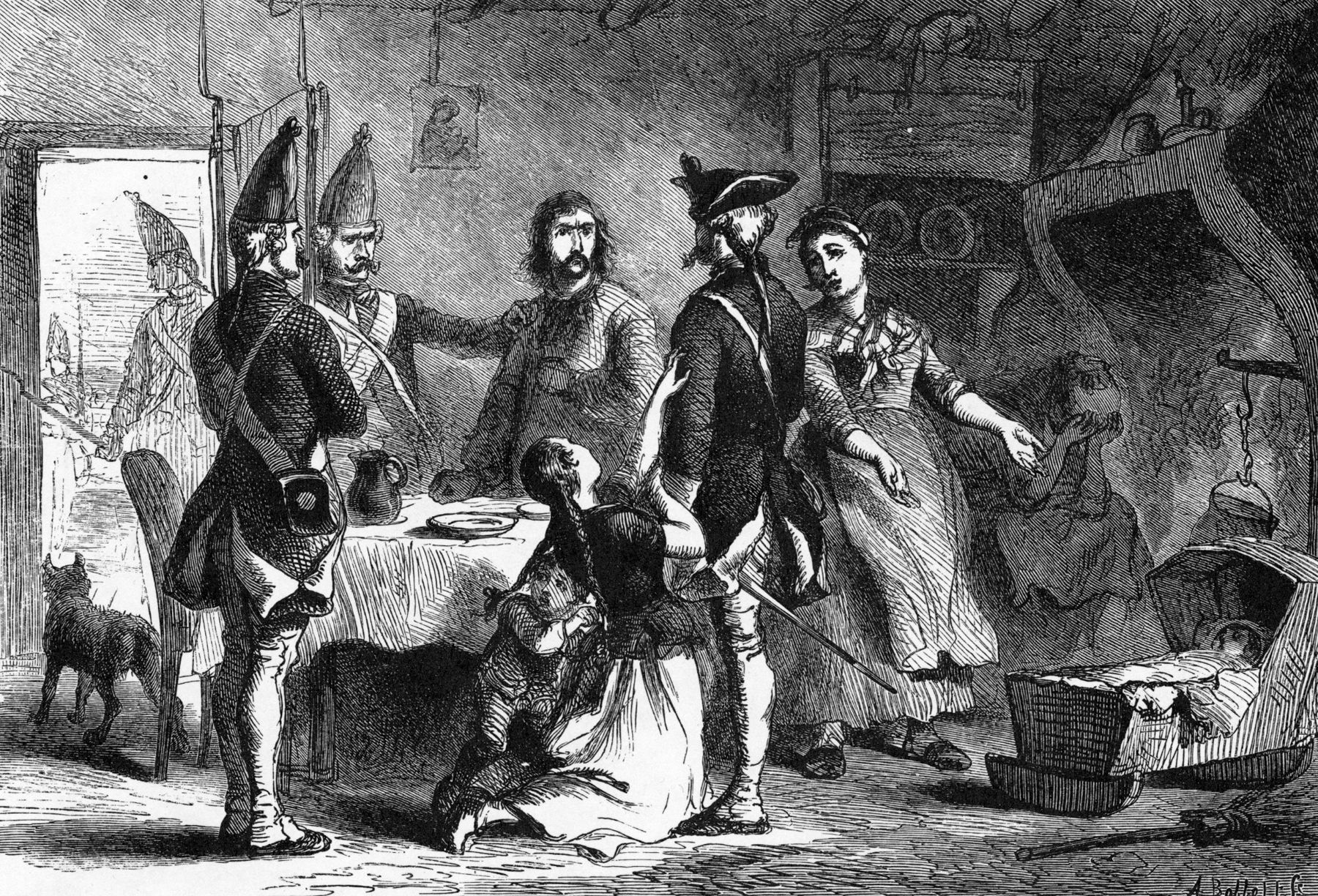
The American conflict was not the first time Great Britain had utilized foreign mercenaries within its ranks. When the “Great Pretender,” Bonnie Prince Charlie, led his Scottish clansmen against the army of King George II in the Jacobite Rebellion, the king’s army employed German mercenaries to put down the uprising that entangled the highlands. The Germanic princes were not particular—they would hire out their troops to any country that could provide a large enough subsidy. Although Great Britain was Germany’s best customer, it was not Germany’s only patron. In the late 17th century, during a conflict with Turkey, Italy employed thousands of Germanic mercenaries. During the period of the American Revolution, Germany was made up of seven different principalities: Hesse-Cassel, Hesse-Hanau, Brunswick, Anhalt-Zerbst, Waldeck, Anspach-Beyreuth, and Hannover. All would eventually provide troops to the British war effort, with Hesse-Cassel’s 18,970 soldiers representing more than 60 percent of the military manpower provided by Germany.
As Great Britain began the process of acquiring foreign mercenaries, the inhabitants of the American colonies feared the presence of such grizzled soldiers in their midst. Patriotic pamphleteer Thomas Paine spoke for many when he said, “Of all the acts of transcendent folly and wickedness perpetrated by the British Ministry, none could do more to convince the Americans of the necessity of an immediate declaration of independence than the hiring of foreign mercenaries.” Many colonists viewed the German soldiers as fearsome, if not gruesome, creatures who would literally eat their children for breakfast. What many of the colonists did not realize was that these same German soldiers, in time, would help change the very culture of the new American republic.
“Seller of Souls”
Efforts in recruiting the regiments that were to be sent to North America were harsh. Each county of a state was required to supply its prince with a certain number of men, and many were hastily pressed into the mercenary trade. Recruiting officers were not choosy in their efforts to fill the ranks of the army. If an individual cut a healthy appearance and was under the age of 60, he was almost guaranteed a position in the prince’s ranks. Men of all lifestyles were dragged into the service. Drunkards, tradesmen, drifters—anyone needing the basic necessities of life—found themselves approached by recruiting parties.
Johan Gottfried Seume was approached by one such “seller of souls.” Leaving his position as a theological student at the University of Leipzig, Seume had just set off for Paris to pursue other ambitions when he was arrested and escorted to Ziegenhayn along with other recruiters’ targets—including a monk—to find himself being pressed into the ranks of Hesse-Cassel. “I gave myself up to my fate, and tried to make the best of it, as bad, as it might be,” Seume recalled. “No one was safe from the grip of the seller of souls. Persuasion, cunning, deception, force—all served. Strangers of all kinds were arrested, imprisoned, sent off. I improved daily and soon I got the reputation of being the man who knew perfectly all the manual and how to execute quickly and easily all the evolutions and military formations on the parade ground.” Those who did not adapt were beaten severely, and two of Seume’s fellow recruits were hanged for desertion.

Transportation for the mercenaries was dependent on a variety of Dutch vessels. The voyage to North America was a long and cramped one at best. While officers enjoyed the privilege of sharing comfortable quarters, the enlisted men in the regiments were packed into the ships in “spoon fashion,” as Seume termed it. For Seume, the voyage to the colonies proved quite uncomfortable. The space within the ships was cramped—“a tall man could not stand upright between decks,” he complained. The food was as undesirable as the living conditions. A staple of the men’s diet was a biscuit that was so hard that a story spread that it had been taken by the British from the French during the Seven Years’ War. As for drinkable water, Seume said that it “stank between decks like Styx, Phlegethon, and Cocytus all together.” Thick with filaments as long as a man’s finger, the water had to be strained through a cloth before anyone could hold his nose long enough to drink it.
Force Composition
The prince of Brunswick’s contingent arrived in America in the spring of 1776 at Portsmouth, New Hampshire, under the command of the Baron von Riedesel, while Staten Island witnessed the arrival of Hesse-Cassel troops under the command of Lt. Gen. Philip von Heister that August. Upon arrival, the Hesse-Cassel forces received a rude welcome of musketry and artillery fire from American positions on Manhattan Island. Upon landing on Staten Island, von Heister’s troops found the countryside quaint and comfortable. They were astonished at the sight of lush orchards and gardens that complemented the comfortable homes of the people who lived there. Seeing a land of such wealth and comfort was a mystery to the hired troops, who wondered why the American populace would ever revolt against the British crown in the first place.
Within the ranks of the mercenary contingent was a wide variety of nationalities. The towns throughout Europe that hosted German recruiting parties provided a melting pot of many nationalities. Besides men of German descent, there were many of Mediterranean origin. The regiments that had been hired out by the princes consisted of a variety of soldiers. Each battalion contained companies of musketeers, grenadiers, and fusiliers. While the use of these specialized troops had fallen somewhat out of fashion, the regiments utilized all different types of soldiers as regular infantry while in battle.
Along with the green recruits who had joined the army, there were many seasoned veterans with service records in other European armies, including those of Poland and Italy. Within the infantry, three types of soldiers made up the field regiments. Musketeers, grenadiers, and fusiliers were the mainstay of each of the principality’s regiments. Each branch of infantry comprised myriad privates, orderlies, and musicians. The regimental organization often varied by principality and usually featured six companies, five being of battalion strength and the sixth composed of elite grenadiers. The musicians who accompanied the regiments were as important as the officers. Their job on the battlefield was to relay the signals by which the men would maneuver.

Besides the infantry, other types of troops were sold into service in North America. Such principalities as Hesse-Hanau and Hesse-Cassel answered Parliament’s call by supplying a regiment of artillery each. The Jägers, or “huntsmen,” were originally recruited from a variety of principalities. Their adaptation into the military originally came when Frederick the Great added them to his army prior to the Seven Years’ War to act in the capacity of guides and protectors of reconnaissance missions. An American journal claimed that the Jägers had “plumed themselves much in the thought of their being a complete match for the American riflemen.” Arriving in America, the first contingent of Jägers was under the command of Johan Ewald, who would prove to have a distinguished military career. Ewald led a command of disciplined, crack marksmen through many battles in New York and as far south as Savannah, Georgia. Utilizing the methods of le petit guerre, his marksmen attempted to counter the frontier riflemen in George Washington’s army.
Like his British counterpart, the German soldier serving in North America received the measly sum of eight pence per day, along with whatever extra benefits could be had. If anyone was a true mercenary in Germany it was the princes—not their soldiers. Sitting comfortably back home in their palaces, the princes made large amounts of money for providing Great Britain with fighting regiments in America. Stipends were allotted to princes for delivering certain quotas of troops for the North American war effort, and bonuses were paid for soldiers who were killed in action, with three wounded soldiers counted as one dead.
The Battle of Long Island
Disembarking at Staten Island on August 14-15, 1776, a variety of regiments from Hesse-Cassel first set foot in America. Bouts of diarrhea, scurvy, and fever ran rampant throughout the ranks of the newly arrived troops. Following a period of rest and recuperation, the Germans were eager to fight the American army. Following their British counterparts, the German auxiliaries were trained in a variety of maneuvers, including open-order tactics as well as advancing in ranks of two, as opposed to the standard three that was common on the European front. This was done to permit easier movement through heavily wooded countryside and also to present a less-inviting target for colonial marksmen.
The Battle of Long Island in August 1776 was to be the first major action that the newly arrived Germans took part in. With various elements of General William Howe’s British army taking position in a variety of locations on Long Island, the main encampment of the Germans lay at Flatbush. Utilizing their newly acquired skills in open-order drill and skirmishing, the Germans advanced from their positions at Flatbush toward the American lines. The battle opened up on the morning of August 27. Along with a variety of British regiments, the German army was deployed on the field of battle for the first time in America. The battle that developed on Long Island was a fierce contest between the well-trained and well-disciplined armies of the British crown and the fearfully undertrained but spirited American army. The presence of the German soldiers was felt immediately on both sides of the battlefield. Many of the British officers who were present at Long Island spoke of the Germans’ bravery and soldierly conduct. “Nothing could behave better than the Hessians, and particularly their yagers [sic] who are as much superior to those of the rebels,” one admiring officer reported.

The battle soon turned into a rout of the Americans. The left flank gave way after the British came bursting through the woods following a surprise night march, and even the sight of Washington and other officers whipping and caning the fleeing troops could not prevent their flight. With the miter-wearing Germans at their heels, many of the colonials gave themselves up, dropping to their knees and begging the German soldiers for mercy as the Hessians’ bayonets advanced upon them. American chaplain Philip Fithian recorded in his diary: “O doleful! doleful! doleful—Blood! Carnage! Fire! Many, many we fear are lost.” The Hessians had been told—falsely—by the British officers that the Americans would show them no mercy, and they were encouraged to act similarly. “The Hessians and our brave Highlanders gave no quarter,” one English officer reported, “and it was a fine sight to see with what alacrity they dispatched the rebels with their bayonets, after we had surrounded them so that they could not resist.” Hessian Colonel Heinrich von Heeringen reported that “the English did not give much quarter, and constantly urged our people to do the like. The riflemen were mostly spitted to the trees with bayonets.” A little ashamedly, perhaps, Heeringen added, “These people deserve pity rather than fear.”
The Battle of Trenton
The campaign season of 1776 ended with Washington’s army in full flight from New York into New Jersey. Howe’s army quickly followed, scattering themselves at various locations throughout the colony of New Jersey. Two Hessian brigades under Colonels Johan von Rall and Carl von Donop took up positions at Bordentown and Trenton, situated along the New Jersey side of the Delaware River. Split between Rall and Donop were a variety of regiments, some English, but the majority being German. At Bordentown, Donop commanded his Hesse-Cassel regiment as well as a regiment under Wilhelm Knyphausen and the 42nd Regiment of Highlanders, the famed Black Watch. Farther to the north was the small town of Trenton, where Rall commanded a small force of infantry, a body of Jägers, and a detachment of British light horse.
Washington soon learned the locations of the enemy forces and began planning a desperate action against them. On December 24, reconnaissance detachments were sent out from the colonial army to observe the German positions. On Christmas Day, American parties had given their alarm to various German posts that dotted the countryside in the vicinty of Trenton. With his pickets being driven in by the skirmishing Americans, Rall was warned that an attack was imminent. On the evening of Christmas he received a dispatch stating plainly that Washington’s army was headed toward him. But Rall was intent on playing cards, and simply put the message in his pocket, unread.
Crossing the Delaware at Chadds Ford, Washington advanced with his army during the night to surprise Rall’s soldiers at daybreak on the 26th. Having been given no prior warning of Washington’s advance by its commander, Trenton’s German garrison awoke to find the colonials storming into the village. Quickly dressing and arming themselves, the Germans answered the call of Washington’s muskets. Forming themselves in Trenton’s streets, the troops held out with great determination against the Americans. The village streets quickly became engulfed in confusion. While rallying his troops, Rall was fatally shot in the side and taken into a nearby church to die. Hessian adjutant general Major Bauermeister conceded later that “an hour after sunrise, Lossberg’s, Knyphausen’s and Rall’s regiments were surprised in Trenton by more than 10,000 rebels. They were badly treated and made prisoners, losing their guns, colors, guns, and all equipage.” In all, the Germans lost 30 killed and 918 captured, including 23 officers, six brass cannons, and 1,000 stands of arms. American losses were astonishingly low—three dead, including one unfortunate who froze to death, and six wounded.

Bauermeister confirmed that Washington’s command had snared four standards from the captured Hessian regiments. As with any other army of the period, the regimental colors were of great importance. Those carried by Germany at this time were truly works of art. Along with priding themselves in their physical appearance, the troops of Germany were led into service by splendid works of craftsmanship. Ablaze with a variety of patterned designs and adorned with richly painted gold decorations and monograms, the German colors not only had symbolic meaning but also provided a decorative enhancement to the ranks of the army.
Following the American victory at Trenton, many of the inhabitants of the colonies realized that their previous views of the German mercenaries as both sub- and super-human were false. After the capture of the German garrison at Trenton, many of the Americans gathered to view the “barbaric” foreign troops. “They had come to see monsters, and were vexed to find that we looked like human beings,” reported one Hessian officer who had been captured at Trenton. Shocked and amazed, the inhabitants had expected to see creatures of a different species altogether.
The Saratoga Campaign
After the German disaster at Trenton, the Revolution blazed throughout the northern colonies for the next two years. While the middle colonies witnessed German mercenaries from the principalities of Hesse-Cassel, Canada received a contingent from the principality of Brunswick. Five personal regiments, along with a command of Jägers, artillery, and the personal regiment of the prince of Hesse-Hanau, as well as a regiment of dismounted Brunswick dragoons completed Baron von Riedesel’s force. First arriving at Portsmouth, New Hampshire, in the fall of 1776, these troops would eventually garrison various posts throughout the St. Lawrence River valley of Quebec.
The year 1777 was one of great defeats for the British and enormous gains for the Americans. Lt. Gen. John Burgoyne, the experienced cavalry officer and playwright, had devised a plan that would tie up the significant colony of New York, which in turn would separate the northern colonies from those of the south. After discussing these plans with members of Great Britain’s elite, Burgoyne delivered his plan to Parliament for its approval. After receiving the members’ agreement, Burgoyne arrived in Quebec in the spring of 1777.
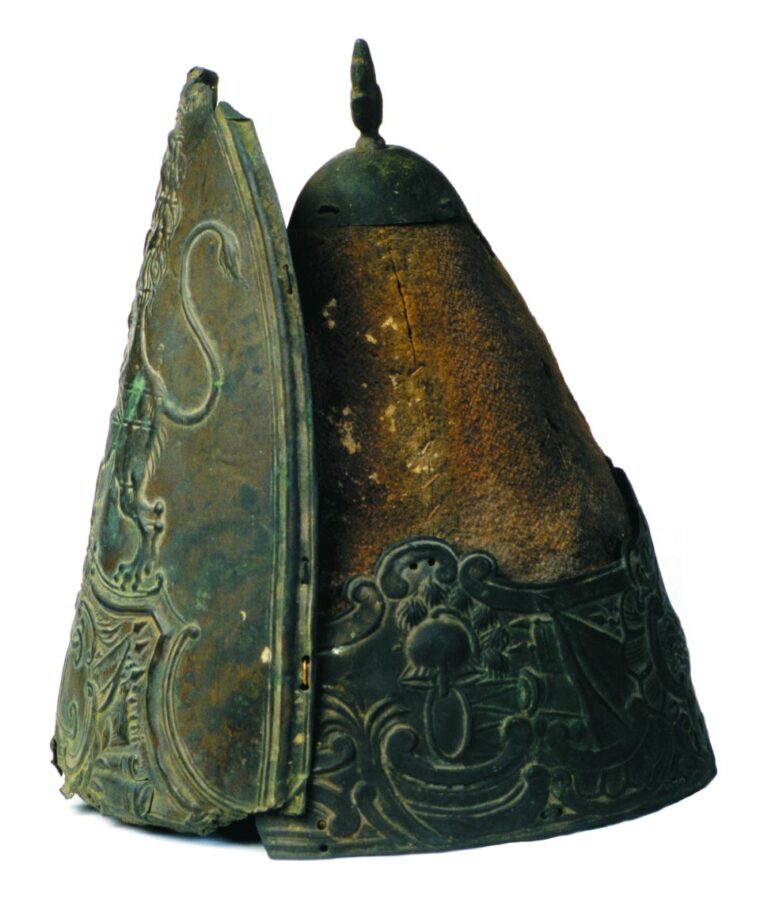
Preparations for the upcoming campaign were already under way. Alongside the various British and Loyalist regiments in Canada was Riedesel’s command of Brunswickers, who numbered in the thousands. Like regiments from other principalities, the Brunswick regiments were named after their respective commanders. Regiments von Riedesel, Prinz Friedrich, von Rhetz, von Barner, Specht, and the regiment of the Erbprinz of Hesse- Hanau, the Prinz Ludwig dragoons, and a corps of Jägers and artillery completed Burgoyne’s German element.
To complement Burgoyne’s force, Lt. Col. Barry St. Leger led an expedition via the St. Lawrence and the Mohawk Rivers. Burgoyne planned to join St. Leger at Albany and sever the northern colonies from the south. Like Burgoyne’s force, St. Leger’s army was made up of regular troops and Native Americans, as well as 300 Hesse-Hanau Jägers. Following the lead of their British counterparts, the German troops made alterations to their uniforms. Breeches and the tall, tightly fitting gaiters had now been traded in for striped gaitered trousers. Campaigning within Burgoyne’s army had even caused the German officers to compromise their baggage, reducing it to “nothing but their knapsacks.” Besides the rigors of long wilderness marches and swarms of insects, the weather hampered the spirits of many of the Brunswick troops. “The heat in this vicinity is uncommonly severe, and exceeds that of the warmest day in our own country. Almost daily we are visited by thunderstorms,” one German complained.
By late August, St. Leger’s expedition had faltered, leaving Burgoyne to meet his fate within the next few months. Following the course of New York’s Lake Champlain and the Hudson River, Burgoyne’s Brunswickers performed with the harsh rigidity of a true European army. Meeting disaster near Bennington, Vermont, Riedesel’s contingent was reduced with the killing of some 200 Germans and the surrender of some 700 from the same ranks. Not only was Burgoyne’s German element reduced, but his corps of British regulars and Loyalist allies had also met the same fate as their German companions.
Accompanying Burgoyne’s contingent on the journey from Quebec was a small army of women. Most were of the camp follower class, while a select few were of the status of lady. Among the ladies was the wife of the Baron von Riedesel, Frederika Charlotte Louise, Baroness von Riedesel. Accompanying her husband to the front from Brunswick, the baroness witnessed a multitude of important events that overwhelmed Burgoyne’s army. Her experiences were recorded in a journal that would provide an in-depth look into the German experience during the American Revolution.
Following the course of New York’s Hudson River southward, Burgoyne’s force was to meet its fate at the hands of a large American force under the command of General Horatio Gates. Between September 19 and October 7, Burgoyne’s Brunswick contingent was caught up in a series of heavily fought battles that seesawed through the trackless wilderness and rolling fields along the Hudson River at Saratoga. The pivotal point for Riedesel’s Brunswickers came on the evening of October 7, when a large American force stormed the German redoubt from the rear. Named for Lt. Col. Heinrich Christoph Breyman, the fortified position guarded the majority of Burgoyne’s Brunswick division.

Meeting heavy resistance, Burgoyne’s army was forced to abandon its advance on Albany. By early October, the elements of his polyglot army began a retreat that would end a few miles to the north at Saratoga. Under the pressures of constant American artillery fire, and a severely disarrayed communication and supply route, Burgoyne was forced to surrender his army on October 7. Throughout the autumn and early winter of 1777, Burgoyne’s army, including his hired Brunswickers, set out for the various prisoner-of-war camps that encircled Boston. During the rest of the war, this Anglo-German force would travel to other prison camps throughout the colonies, with the majority of the Germans being imprisoned at camps at Reading, Pennsylvania, and Charlottesville, Virginia.
Germans in the South
The Burgoyne surrender marked the end of elaborate campaigning in the northern colonies. The Battle of Monmouth Courthouse, New Jersey, in June 1778 marked an end to large land engagements in the north as well. The war shifted south, and so did the allied German presence. By 1778 large British contingents began setting foot in the Carolinas, Georgia, and the Spanish-held territory of Florida. Alongside the British regiments was a variety of German regiments. One facet of southern colonial life that attracted widespread German disapproval was slavery. “It is a sad sight when one views these people, who in their capacities and quality of intelligence yield nothing to the whites, sold like cattle in the market to the highest bidder,” said one German eyewitness. Another claimed that “animals were treated better in Hesse than black slaves by Americans.” Some escaped slaves joined the ranks of German regiments, either under arms or as musicians.
Several engagements took place along the coastline and the interior parts of the southern colonies. In the summer of 1779, a heated battle between a force of the Regiment von Trumbach, the 71st Regiment of Foot, and the loyalist Royal North Carolina Regiment beat back the Americans under the Rhode Islander Benjamin Lincoln at Stono Ferry, South Carolina. In April 1780, British General Sir Henry Clinton laid siege to Charleston, South Carolina. Within his force was an array of Germans, including Hesse-Cassel field Jägers under the command of Johan Ewald. The siege of Charleston would come to a close in early May when the Americans surrendered their entire force of 5,400 men—the worst American disaster of the war in terms of troops lost.
Besides Charleston and Stono Ferry, many more engagements in the southern colonies were to occur. The British garrisons at Pensacola and Mobile welcomed German troops into their ranks. Drawn mainly from the principality of Waldeck, these troops served in the defense of both posts during assaults made by Spanish naval forces in 1779 before they surrendered to the Spanish and became prisoners of war under French colors at New Orleans the next year.
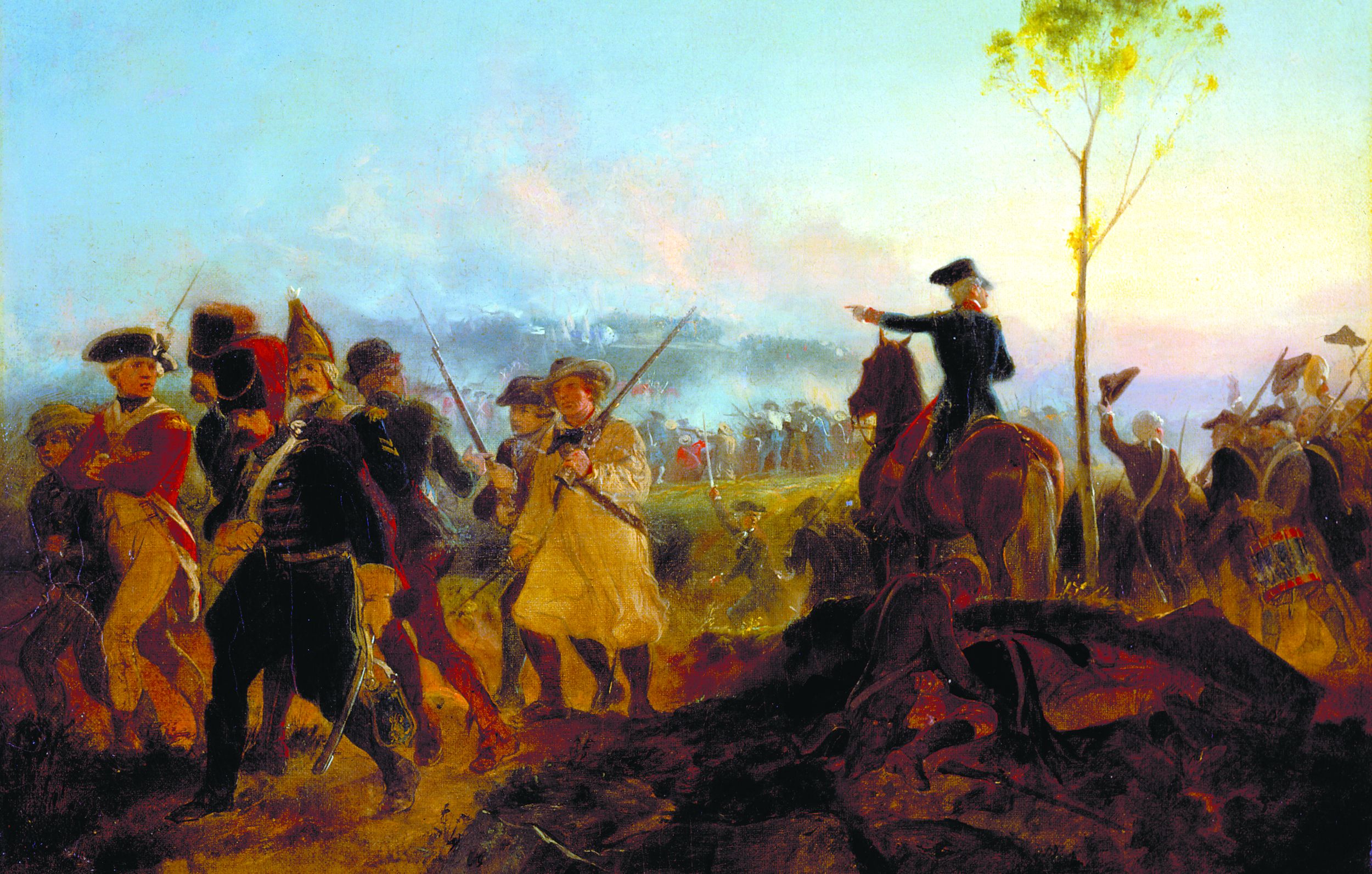
During this period, German troops also took part in various minor engagements in the north, particularly along the New York frontier. Many of the Jägers who were once a part of St. Leger’s expedition of 1777 now quartered among the Canadian populace as well as among the Abenaki Indians in the province of Quebec. These marksmen, under their commander, Johan von Kreutzburg, took part in several raids along the frontier of New York’s Mohawk and Schoharie Valleys.
Fighting for the Revolution: The Zweibrucken Regiment
The close of the eight-year-long American Revolution took place at Yorktown, Virginia, in 1881. The regiments of von Bose, Erbprinz, and the Hesse-Cassel Jägers under Ewald supported Lord Cornwallis’s army that was under siege by combined Franco-American forces led by George Washington. Not only was the presence of the German army felt by the British Army but also by the American forces as well. Allying itself with the United States, France, under the approval of King Louis XVI, ordered an expédition particulière to be sent to assist the colonies with their rebellion. Under the command of Jean Baptiste Donatien de Vimeur, Comte de Rochambeau, was one German contingent, the Royal Deux Ponts, or Zweibrucken regiment. Through a series of political maneuvers between Rochambeau and Benjamin Franklin, the Royal Deux Ponts was chosen for American service. Following its arrival in North America, the regiment participated in the attack on Loyalist fortifications on Lloyds Neck, Long Island, in July 1781, as well as the defense of Newport, Rhode Island, in August of that same year.
In October 1781 the regiment joined the forces under Washington as he closed in on Cornwallis’s army at Yorktown. On October 14, under the command of its colonel-commandant, the Count de Forbach, the Royal Deux Ponts participated in the assault on the British positions. With the surrender of a series of British redoubts, and with the French navy blockading Chesapeake Bay, the British forces were forced to surrender on October 19. Surrendering along with several thousand British and Loyalist troops were the German forces. Following the surrender ceremony, a German eyewitness of the Royal Deux Ponts described the regiments of the principality of Ansbach that were then with Cornwallis’s army as “very handsome and neatly dressed, better even than the Hessians.”
With the war finally at a close, the Germans evacuated their positions throughout the colonies and set sail for their homeland. Of the more than 18,000 German troops who had served in America, some 7,700 had died of wounds or disease. From Sandy Hook, New York, the various German regiments embarked for distant shores on November 25, 1783. It was not until April 20, 1784, that their transports would finally arrive in Europe. Some of their compatriots were not among them. Having toured the colonies widely during the seven years that they were there, many German soldiers chose to stay behind—an estimated 5,000 in all. Those who remained settled in such places as Lancaster, Pennsylvania, Nova Scotia, and other congenial locations throughout the colonies. A force that had come to fight the Americans stayed to help them build a new country.
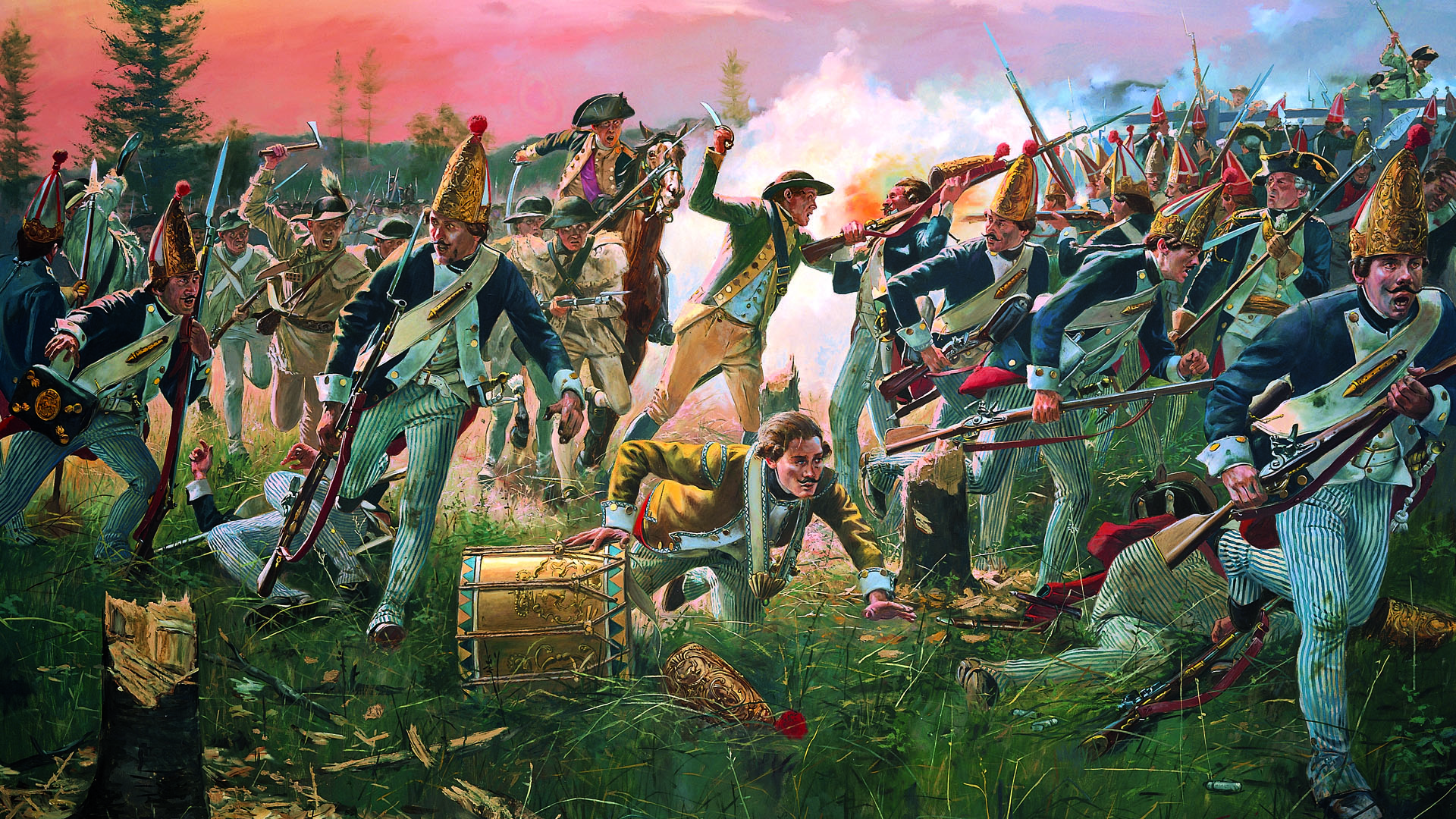
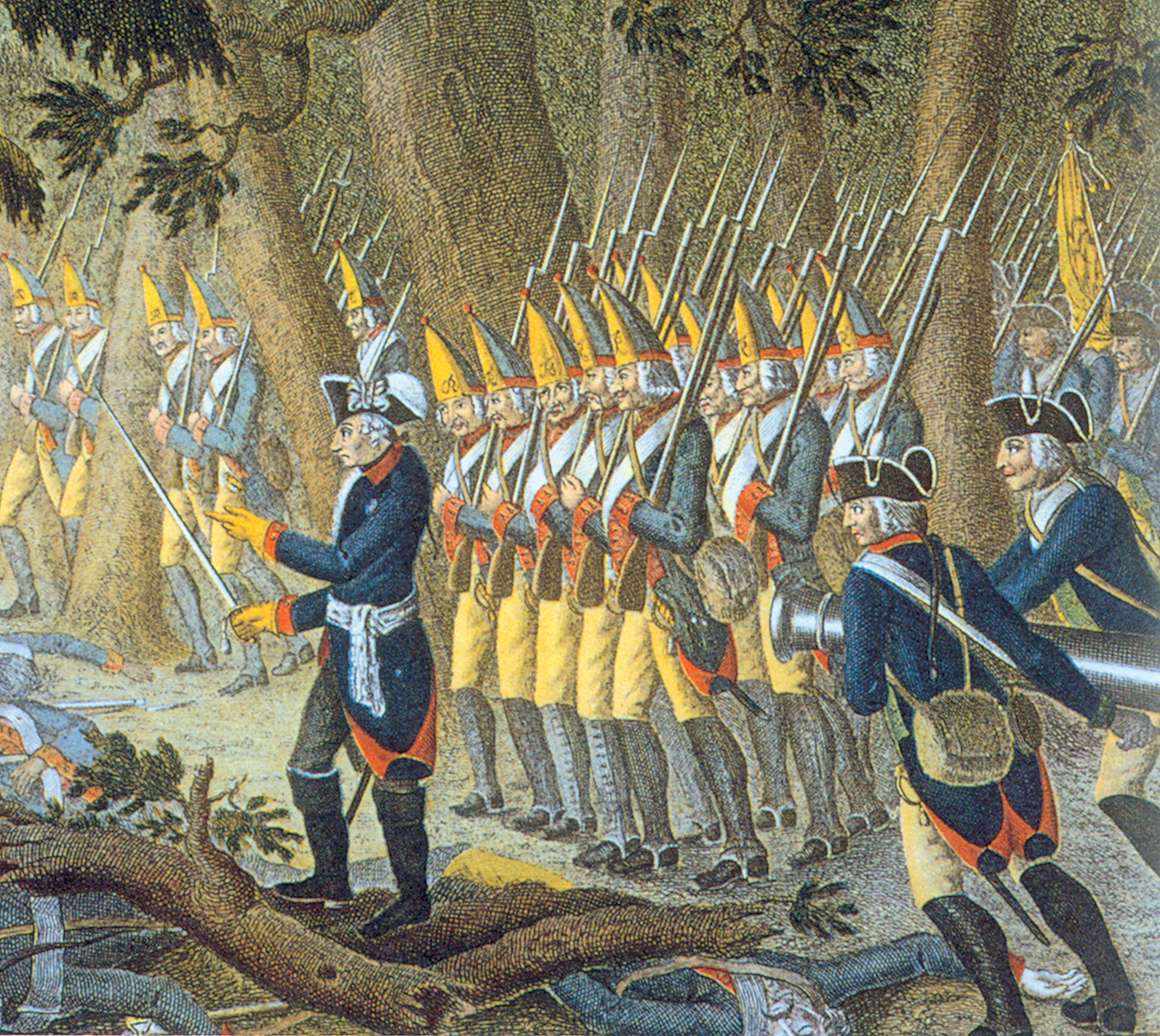
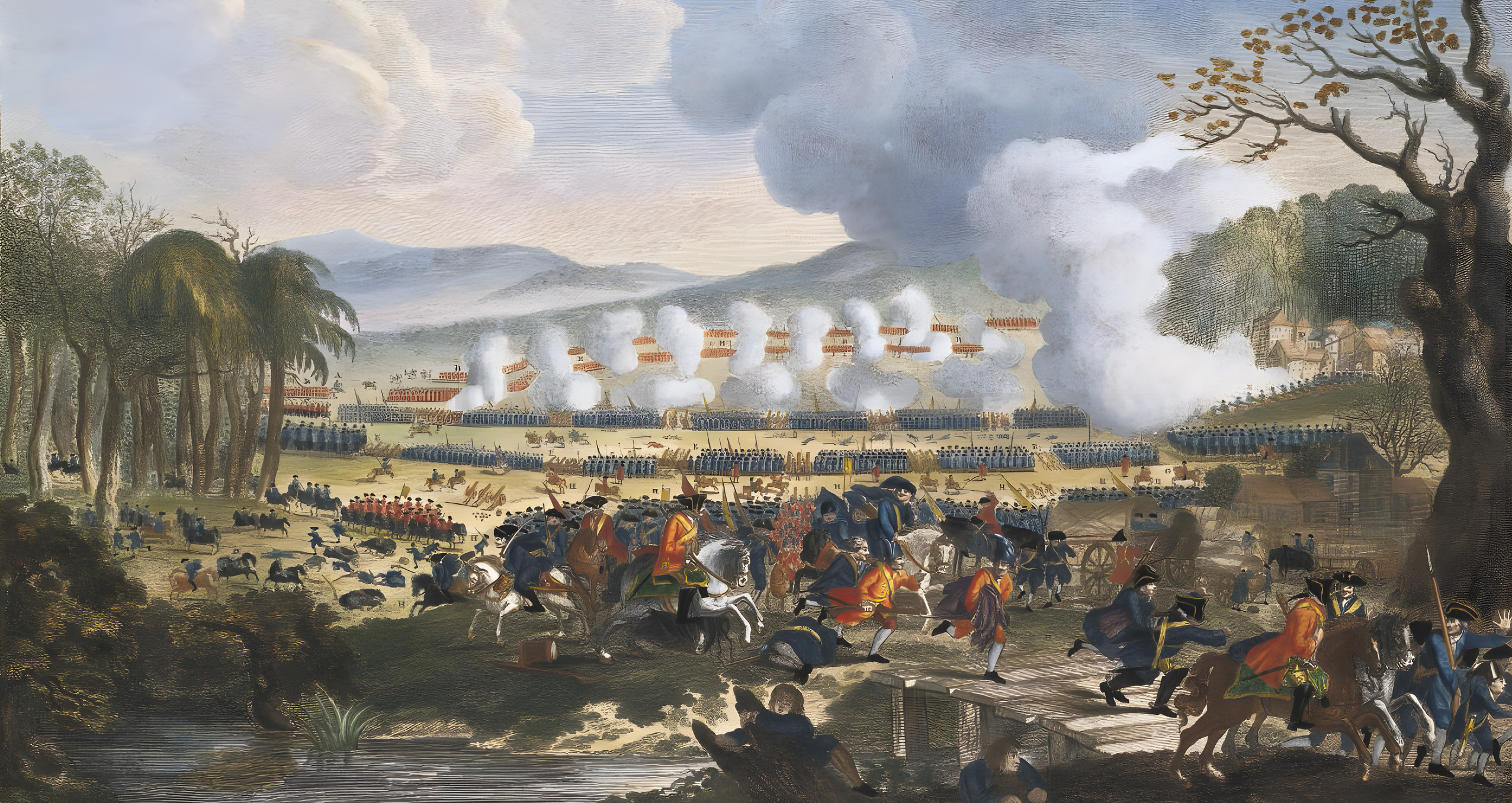
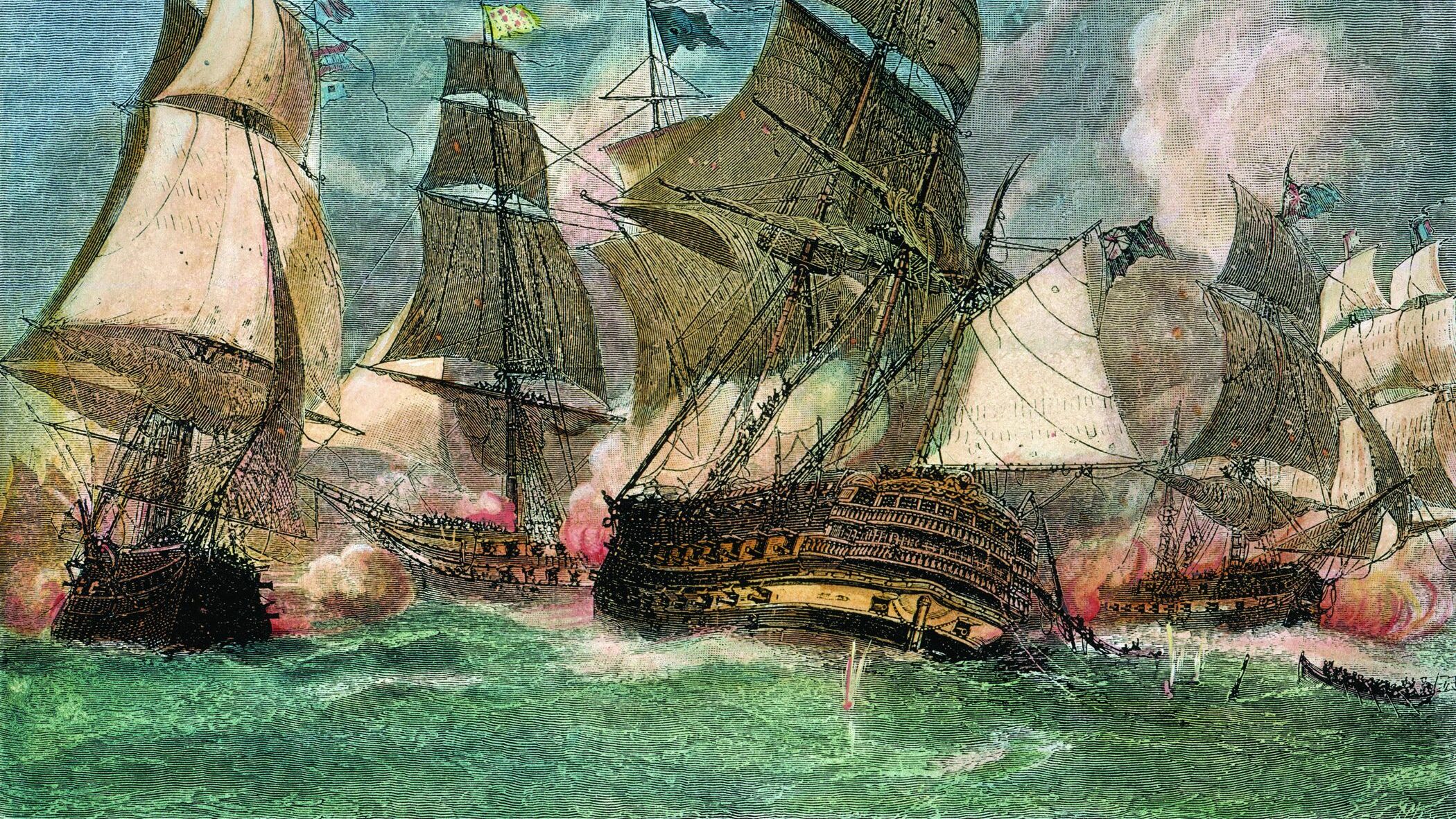
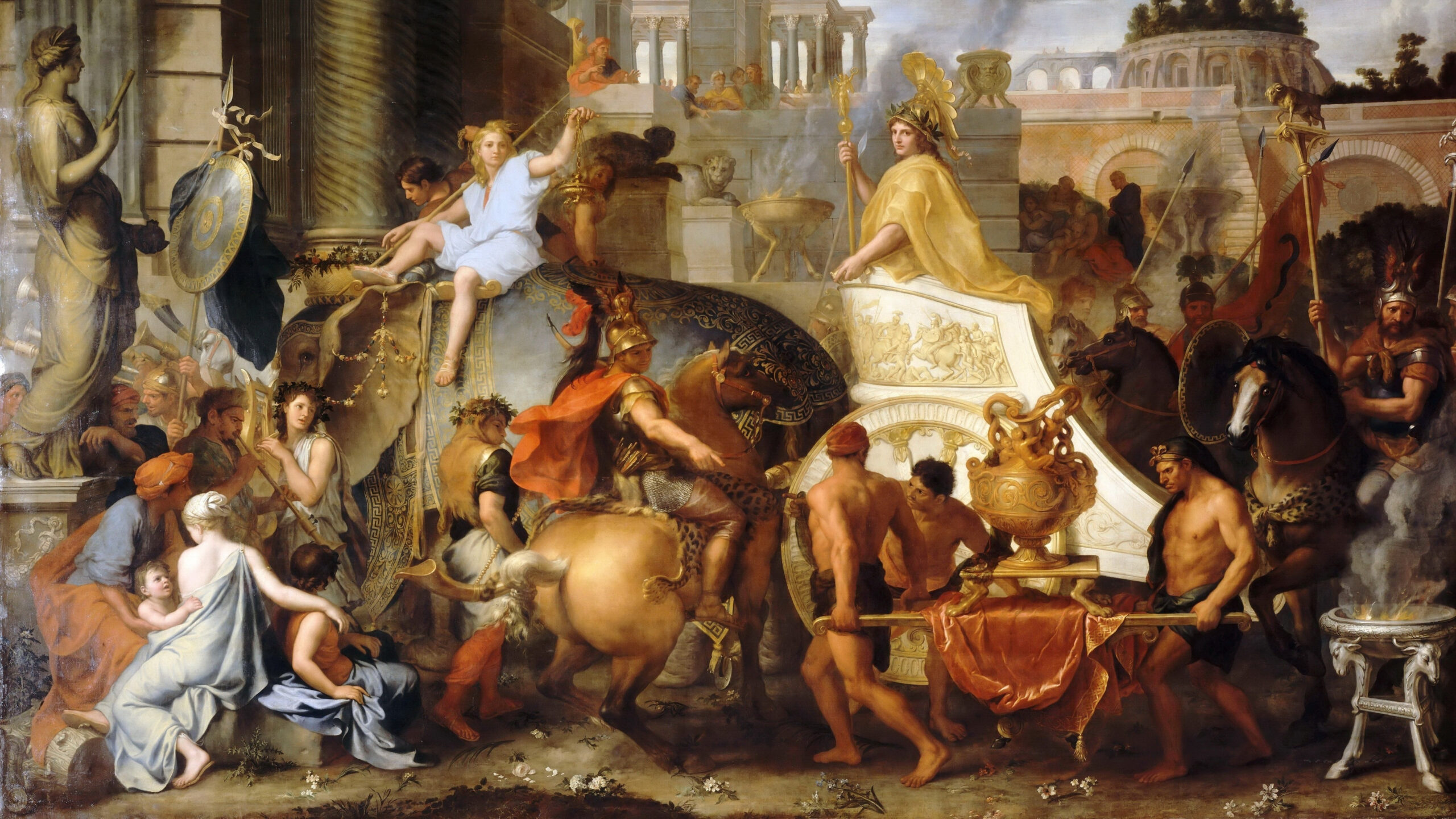

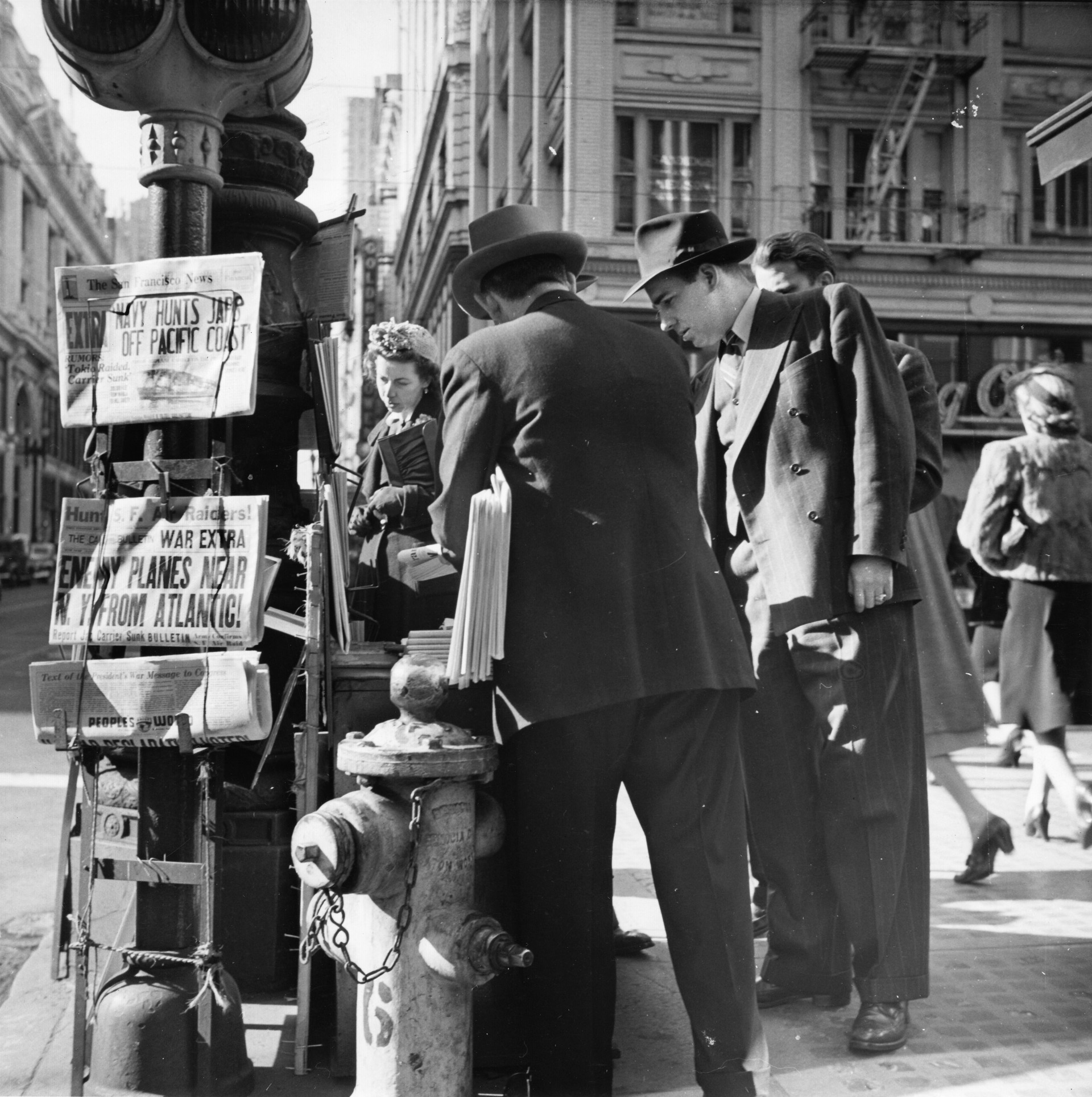

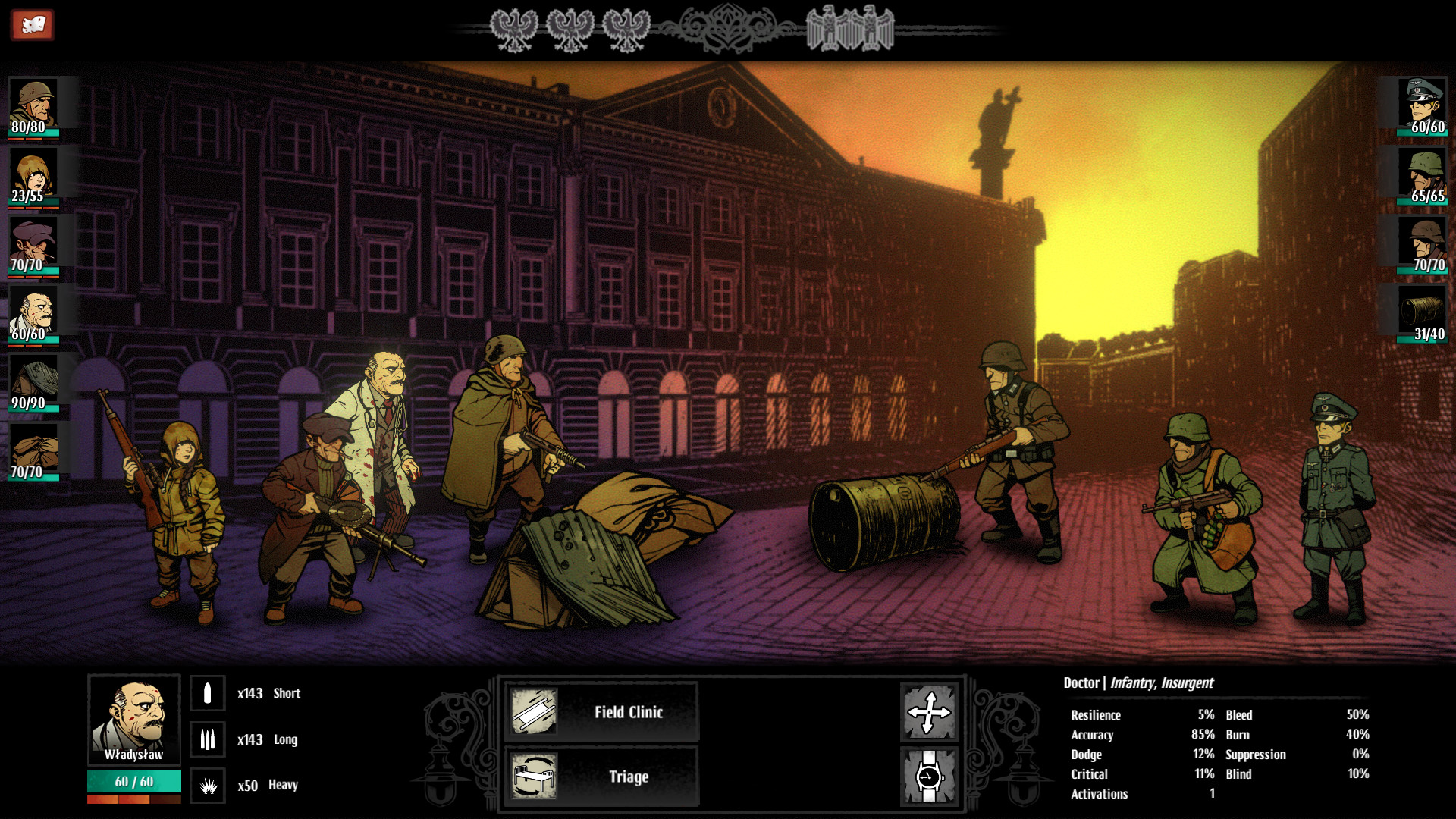
Interestingly enough, this action was also responsible for the first large German migration to the new United States. At the time, Germany was composed of a number of semi-independent states, many under a loose confederation with Prussia. The governments in these states were not, to say the least, either enlightened or particularly concerned with the welfare of the populace and ruled in a rather rigid fashion. Even Bach’s children were happiest in their travels away from home. When these mercenaries returned with stories of opportunity and a measure of freedom in the new country, it sparked the first emigration to the new US, mostly by the middle class and farmers. In fact, their numbers were so large there was a movement, fortunately ineffective, to make German the official language in the new country.